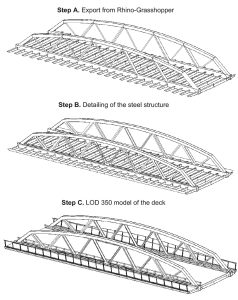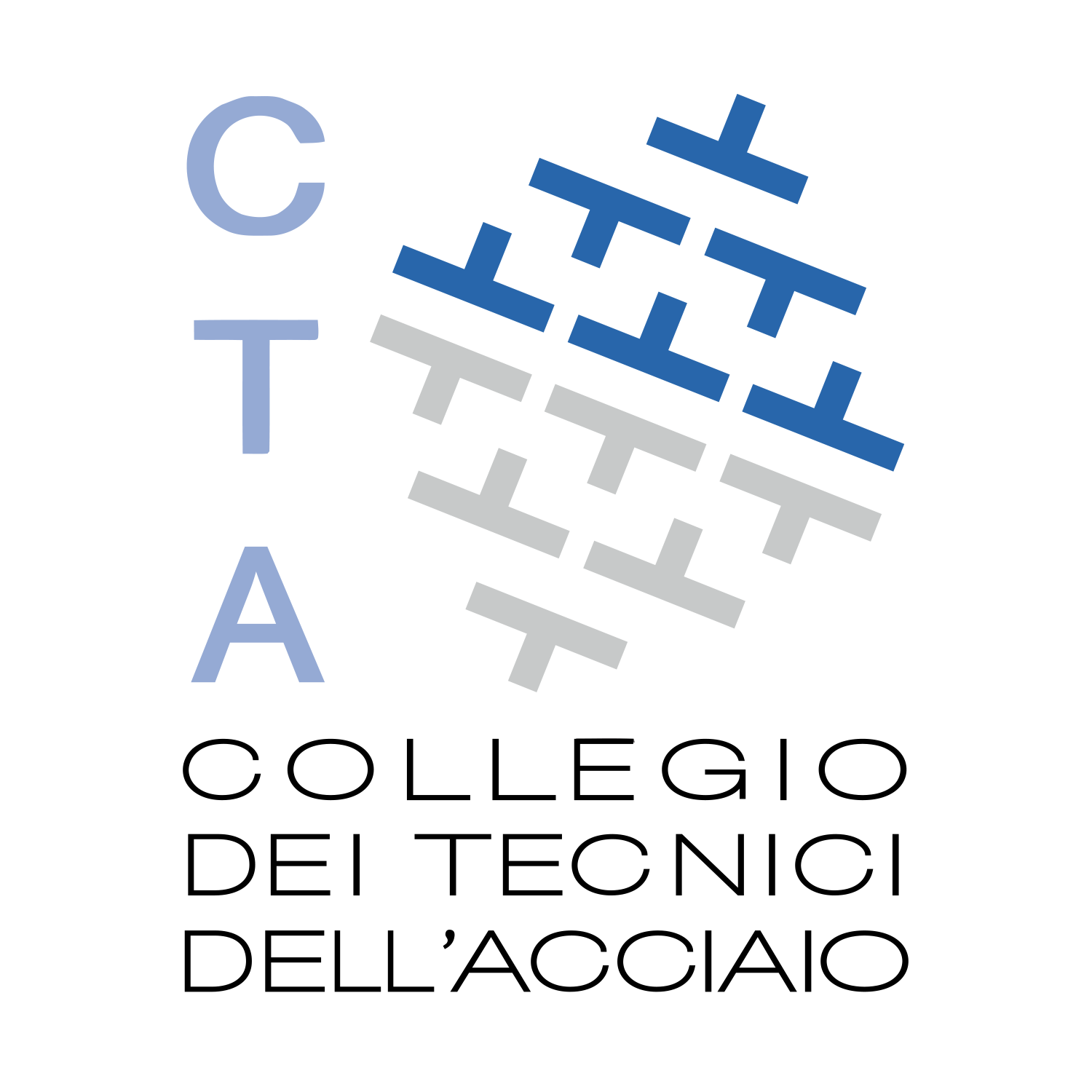Ing. Matteo Cont, Ing. Michel Faltz
bEST Ingénieurs-Conseils, Senningerberg (Luxembourg)
Negli ultimi anni, i concetti di digitalizzazione e industria 4.0 stanno diventando sempre più popolari nel campo dell’ingegneria civile, influenzando il nostro modo di progettare e costruire edifici ed opere infrastrutturali. Parole come BIM, progettazione parametrica, intelligenza artificiale e reti neurali si stanno rapidamente diffondendo nelle conferenze, nelle società d’ingegneria, tra i Clienti e in molti documenti legati in via più o meno diretta ad attività di tipo commerciale. Può essere quindi più che ragionevole domandarci come ci stiamo preparando a gestire questo orizzonte tecnologico nel futuro prossimo.
Essendo ingegneri, ci è sembrato che un modo efficace per affrontare questa nuova sfida possa essere quello di schematizzarla in un approccio che potremmo definire del “PERCHE’ e COME”. Più precisamente, abbiamo cercato di trovare una buona risposta per le seguenti domande:
PERCHE’: per quale ragione dovremmo introdurre un cambiamento nel nostro modo di lavorare? Quale potrebbe essere il beneficio associato? Queste nuove tecnologie possono essere veramente utili per aumentare la qualità e l’efficienza dei nostri tradizionali processi produttivi?
COME: assumendo delle risposte positive al tema “PERCHE’” … quale potrebbe essere il modo più efficace per implementare questo cambiamento? Come introdurre queste nuove tecnologie in maniera sostenibile? Come persuadere i nostri colleghi della necessità di una evoluzione? Quali sono i limiti pratici dell’interoperabilità tra differenti piattaforme software e come possiamo gestire il maniera efficiente la condivisione delle informazioni?
 In the last few years, the concepts of digitalisation and industry 4.0
In the last few years, the concepts of digitalisation and industry 4.0
are getting more and more popular in the field of civil engineering,influencing our traditional way of designing and building civil works. Words like BIM (Building Information Modelling), Parametric Design, AI (Artificial Intelligence) and Neural Networks are spreading in scientific conferences, in Design Companies, between Clients and in many directly or indirectly marketing-related documents. Considering these new boundary conditions, it can be more than reasonable to ask ourselves how we are planning to deal with this new technological horizon in the near future.
Being structural engineers, we like to believe that a successful approach in addressing new challenges can be to use a WHY & HOW scheme. More precisely, we tried to find a good answer for the following questions:
WHY: for which reason should we introduce a change in our way of working? Which is the associated benefit (if any)? Can these new technologies be really useful to improve the quality and efficiency of our traditional conception and production processes?
HOW: assuming a positive outcome for “WHY” … which is the most effective way to implement the change? How the transition to these new technologies can be introduced in a sustainable way in our Companies (thus promoting “digital inclusion”)? How can we persuade our colleagues / employees that an evolution is required? Which are the limits associated with interoperability between different tools and how can we deal with an effective data exchange (thus minimising potential loss of information)? How to share the result of our efforts with the Client without losing information? […]
Leggi l’articolo completo su Costruzioni Metalliche n. 4/2024.

